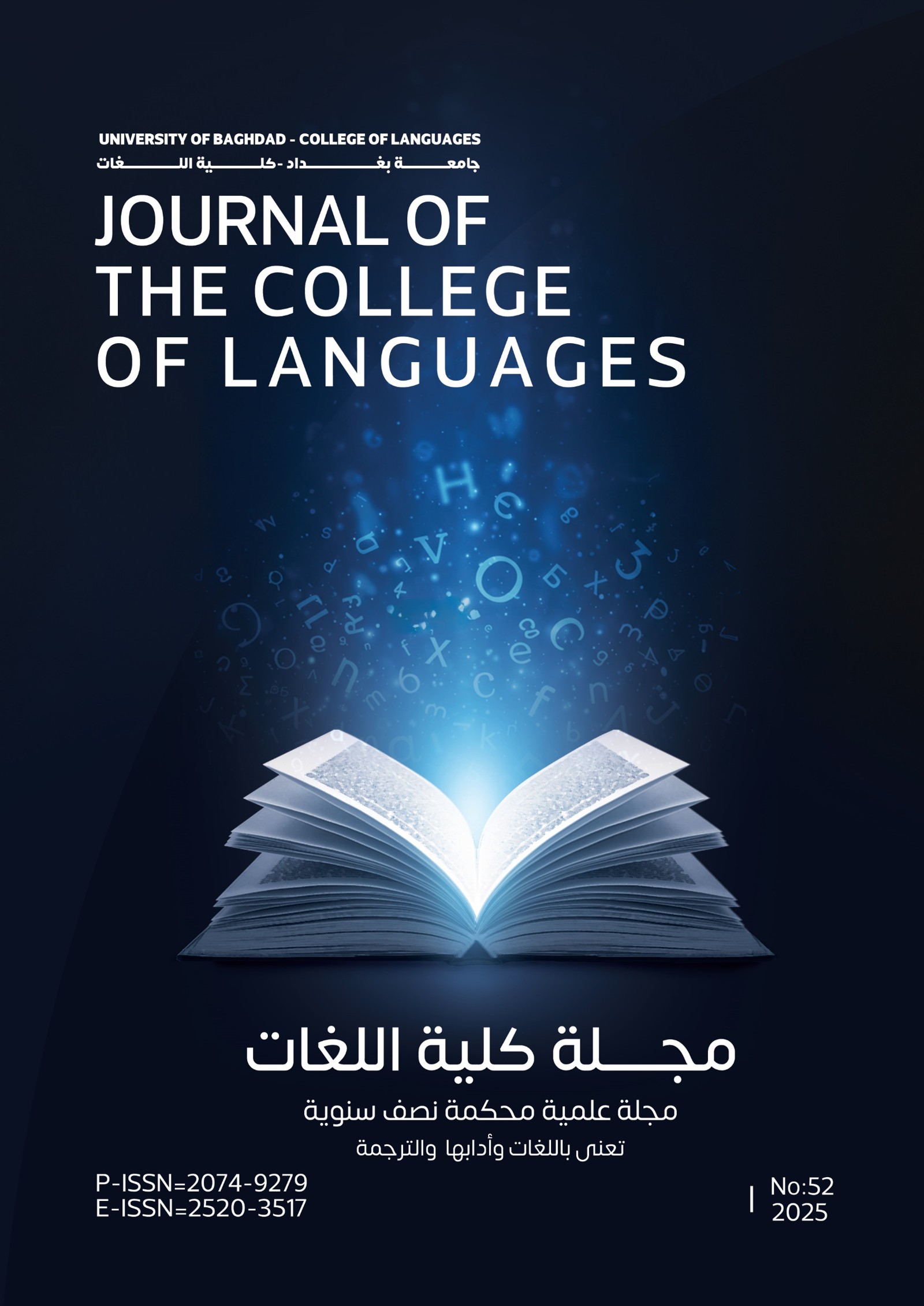Old Age as a Motif In the Poetry of W.B. Yeats (1865-1939)
Abstract
In 1908 , the American poet Ezra Pound (1885-1972) , the central figure in the modern movement who was the driving force behind several movements , notably Imagism and Vorticism , met the Irish poet W. B. Yeats in London . Pound was employed as his secretary and the two soon became close friends . He found Yeats a realist, symbolist and a metaphysical poet with an uncanny power over words and regarded him the greatest living poet .The poetical style and the occult beliefs of the Irish poet drew the attention of the American Imagist .During the war, Pound and Yeats lived together at Stone Cottage in Sussex studying Japanese literature .Speaking of Yeats , T. S. Eliot described him as "one of those few whose history is the history of their own time , who are a part of the consciousness of an age which cannot be understood without them"1.His poems have "passionate thought, consistent technique, controlled concentration , deliberate delight in the exercise of art "2.
It is difficult, in fact , to understand the poetry of Yeats without knowing some of its important clues. His various symbols, visions and mysticism, allusions to people and events, interest in mythology and folklore require a reasonable knowledge of the poet's frame of mind. As a leading symbolist, Yeats used the symbols to convey to others (what he thought) what could not otherwise be communicated. For him the employment of symbols was not only a poetic device; it was a kind of discipline. He asserts that "A symbol is indeed the only expression of some invisible essence, a transparent lamp about a spiritual flame"3. He describes the work of a symbol saying that symbols have the ability to give "dumb things voices and bodiless things bodies"4. It is not surprising then to see him attracted to the poetry of William Blake. He "also found in Blake's writing his idea of paired opposites – soul and self, body and soul, love and death, chance and choice, 'subjective' and 'objective', conflicting yet establishing a unity in a man's life and in history"5. Most of Yeats' poetry is not quietly intelligible without a good reading of his book A Vision which contains his assumptions, visions and the elements of his symbolic system.







